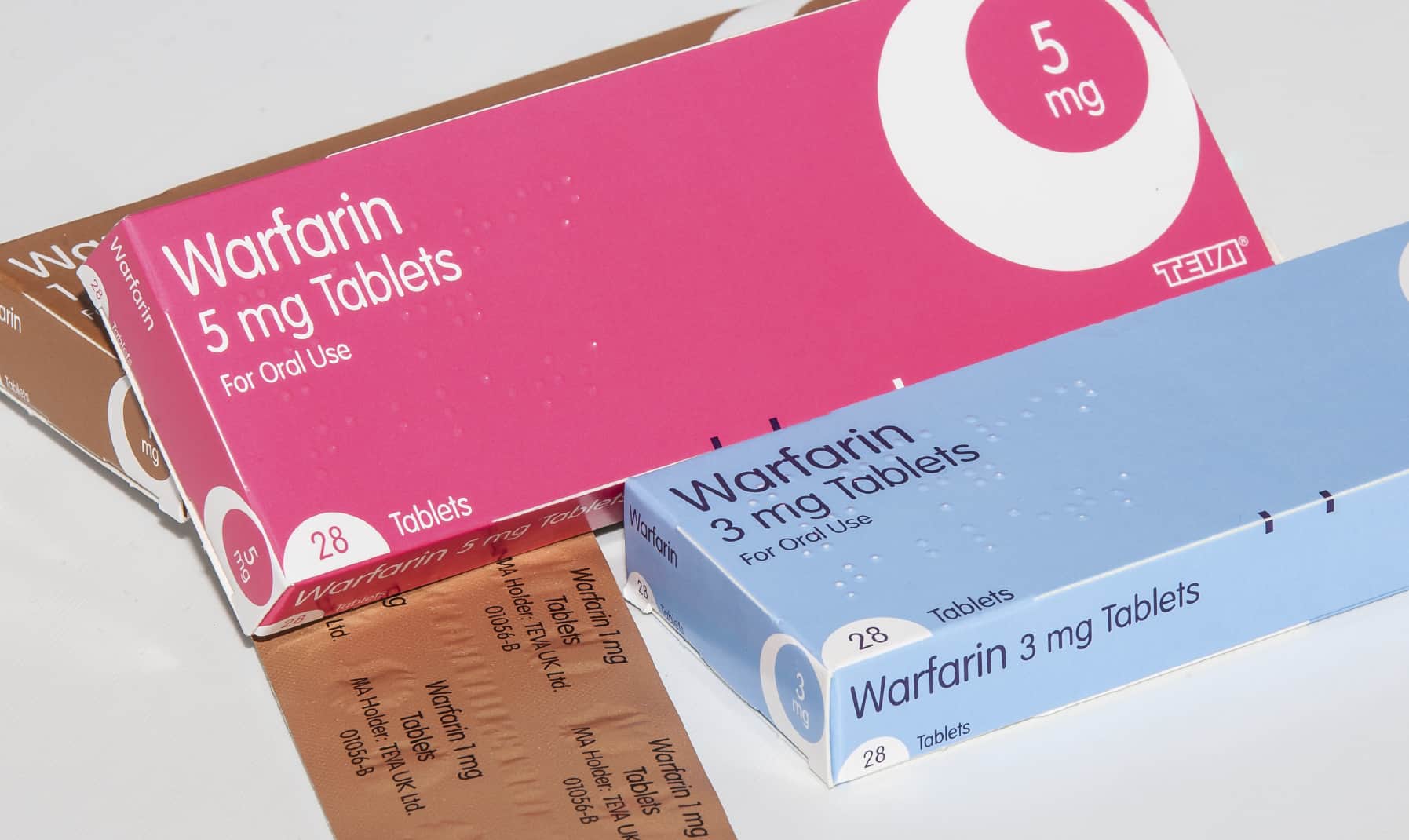
Blood Thinner Linked with Causing Nursing Home Deaths and Injuries
The Washington Post published an article in July, 2015 titled, “Popular blood thinner causing deaths, injuries in nursing homes” that shed light on nursing home deaths and injuries related to the blood thinner Coumadin, also…
The Washington Post published an article in July, 2015 titled, “Popular blood thinner causing deaths, injuries in nursing homes” that shed light on nursing home deaths and injuries related to the blood thinner Coumadin, also known warfarin. In this post, our Houston nursing home abuse attorney offers information about Coumadin and why proper monitoring of Coumadin in nursing homes is so important.
Dangers of Coumadin in Nursing Homes
85-year-old Loren Peters was admitted to the hospital after having been given too much of a popular blood thinner Coumadin while at a nursing home in Marshalltown, Iowa. When Mr. Peters arrived at the emergency room in late 2013, he had bruises covering his body and blood seeping from his gums. The cause of the bruising and bleeding was that he had been given too much of the anticoagulant drug. For two weeks prior to hospitalization, Mr. Peters had bruises that continued to grow and spread across his body, but the nursing home did not administer the necessary blood tests needed to determine the cause or effects of the Coumadin they continued to administer.
Mr. Peters had been prescribed Coumadin due to his heightened risk of stroke caused by an abnormal heart rhythm. The drug must be closely monitored in order to ensure that the right dosage is given in order to prevent blood clots, but not so much that it could cause internal bleeding or hemorrhaging. Ultimately, Mr. Peters never recovered and passed away within a few days after being admitted to the hospital.
Statistics: Nursing Home Deaths and Injuries Related to Anticoagulant Use
According to a ProPublica analysis of government inspection reports, from 2011 to 2014 at least 165 nursing home residents were either hospitalized or died due to errors related to Coumadin consumption, or its generic brand known as warfarin. Studies suggest that there may be thousands of Coumadin-related incidents in the U.S. that go unreported or un-investigated each year.
Reports from the Centers for Medicare and Medicaid Services (CMS) for the first quarter of 2015 suggested that the number of nursing home patients prescribed and were taking at least one dose of an anticoagulant per week in the U.S. ranged from 12-24 percent, with the percentage varying by state. For example, in Texas, approximately 14 percent of nursing home residents take at least one dose of an anticoagulant per week. This may include Coumadin, warfarin, heparin, and other anticoagulants.
Concerns Related to Failed Monitoring of Coumadin Use
For a number of years, advocates have fought to reduce the number of instances involving overuse of antipsychotic medications that can cause disorientation and stupor in the elderly. While concerns related to overuse of antipsychotics has been high due to the decreased quality of life and increased potential for life threatening falls in nursing homes, the dangers of poorly monitored Coumadin use have received relatively minor inquiry due to the drug’s clear benefits.
A 2007 peer-reviewed study by the American Journal of Medicine approximated that there are 34,000 nursing home deaths and injuries related to Coumadin use every year. Such a large number of estimated deaths and injuries would certainly suggest that there needs to be more attention paid to anticoagulants and monitoring of their use in nursing homes.
